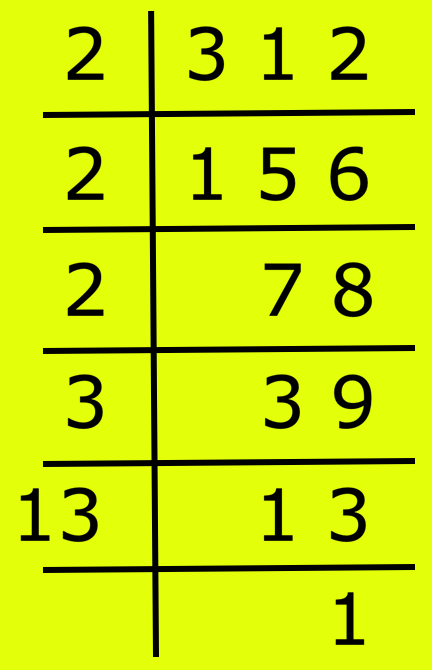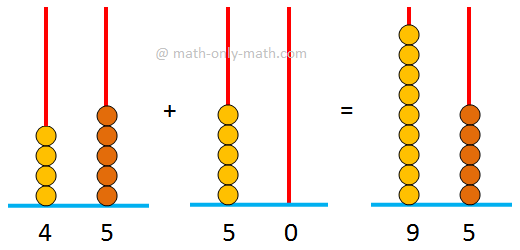Introduction of Complex Numbers
The introduction of complex numbers plays a very important role in the theory of numbers.
The equations x2 + 5 = 0, x2 + 10 = 0, x2 = -1 are not solvable in the real number system i.e, these equations has no real roots.
For example, i is the solution of the equation x2 = -1 and it has two solutions i.e., x = ± i, where √-1.
The number i is called an imaginary number. Generally, the square root of any negative real number is called imaginary number.
The concept of imaginary numbers was first introduced by mathematician “Euler”. He was the one who introduced i (read as ‘iota’) to represent √-1. He also defined i2 = -1.
Definition of Complex number:
A complex number z is defined as an order pair of real numbers and is written as z = (a, b) or, z = a + ib, where a, b are real numbers and i = √-1.
In other words, in an ordered pair (a, b) of two real numbers a and b is represented by the symbol a + ib (where i = √-1) then the order pair (a, b) is called a complex number (or, an imaginary number).
Example of complex number:
3 + 2i, -1 + 5i, 7 – 2i, 2 + i√2, 1 + i, etc. are all complex numbers.
Real and imaginary part of a complex numbers:
According to the definition if the complex number (a, b) be denoted by z then z = (a, b) = a + ib (a, b ϵ R) where a is called the real part, denoted by Re(z) and b is called imaginary part, denoted by Im (z).
In other words, in z = a + ib (a, b ϵ R), if a = 0 and b = 1 then z = 0 + i ∙ 1 = i that is, i represents the unit of a complex quantity.
For this reason, the real number a is called the real part of the complex number z = a + ib and b is called its imaginary part.
In z = a + ib (a, b ϵ R), if b = 0 then z = (a, 0) = a + 0 ∙ i = a, (which is a real part) i.e., the complex number (a, 0) represents purely real number.
Again, in z = a + ib (a, b ϵ R), if a = 0 and b ≠ 0 then z = (0, b) = 0 + ib = ib which is called purely imaginary number
Therefore, a complex number z = a + ib (a, b ϵ R), reduces to a purely imaginary number when a = 0.
Equality of two complex numbers:
Two complex number z1 = a + ib and z2 = c + id
Two complex numbers z1 = (a, b) = a + ib and z2 = (c, d) = c + id are called equal, written as z1 = z2 if and only if a = c and b = d
In general, when real and imaginary parts of one of the complex number are respectively equal to the real and imaginary parts of the other complex number then they are equal.
For example, if the complex number z1 = x + iy and z2 = -8 + 3i are equal, then x = -8 and y = 3.
Note: Ordered pairs (a, b) and (b, a) represent two distinct complex numbers when a ≠ b.
11 and 12 Grade Math
From Introduction of Complex Numbers to HOME PAGE
Didn't find what you were looking for? Or want to know more information about Math Only Math. Use this Google Search to find what you need.
Recent Articles
-
5th Grade Factors and Multiples | Definitions | Solved Examples | Math
Mar 23, 25 02:39 PM
Here we will discuss how factors and multiples are related to each other in math. A factor of a number is a divisor which divides the dividend exactly. A factor of a number which is a prime number is… -
Adding 2-Digit Numbers | Add Two Two-Digit Numbers without Carrying
Mar 23, 25 12:43 PM
Here we will learn adding 2-digit numbers without regrouping and start working with easy numbers to get acquainted with the addition of two numbers. -
Worksheet on 12 Times Table | Printable Multiplication Table | Video
Mar 23, 25 10:28 AM
Worksheet on 12 times table can be printed out. Homeschoolers can also use these multiplication table sheets to practice at home. -
Vertical Subtraction | Examples | Word Problems| Video |Column Method
Mar 22, 25 05:20 PM
Vertical subtraction of 1-digit number are done by arranging the numbers column wise i.e., one number under the other number. How to subtract 1-digit number vertically? -
Worksheet on 11 Times Table | Printable Multiplication Table | Video
Mar 22, 25 05:08 PM
Worksheet on 11 times table can be printed out. Homeschoolers can also use these multiplication table sheets to practice at home.






New! Comments
Have your say about what you just read! Leave me a comment in the box below. Ask a Question or Answer a Question.